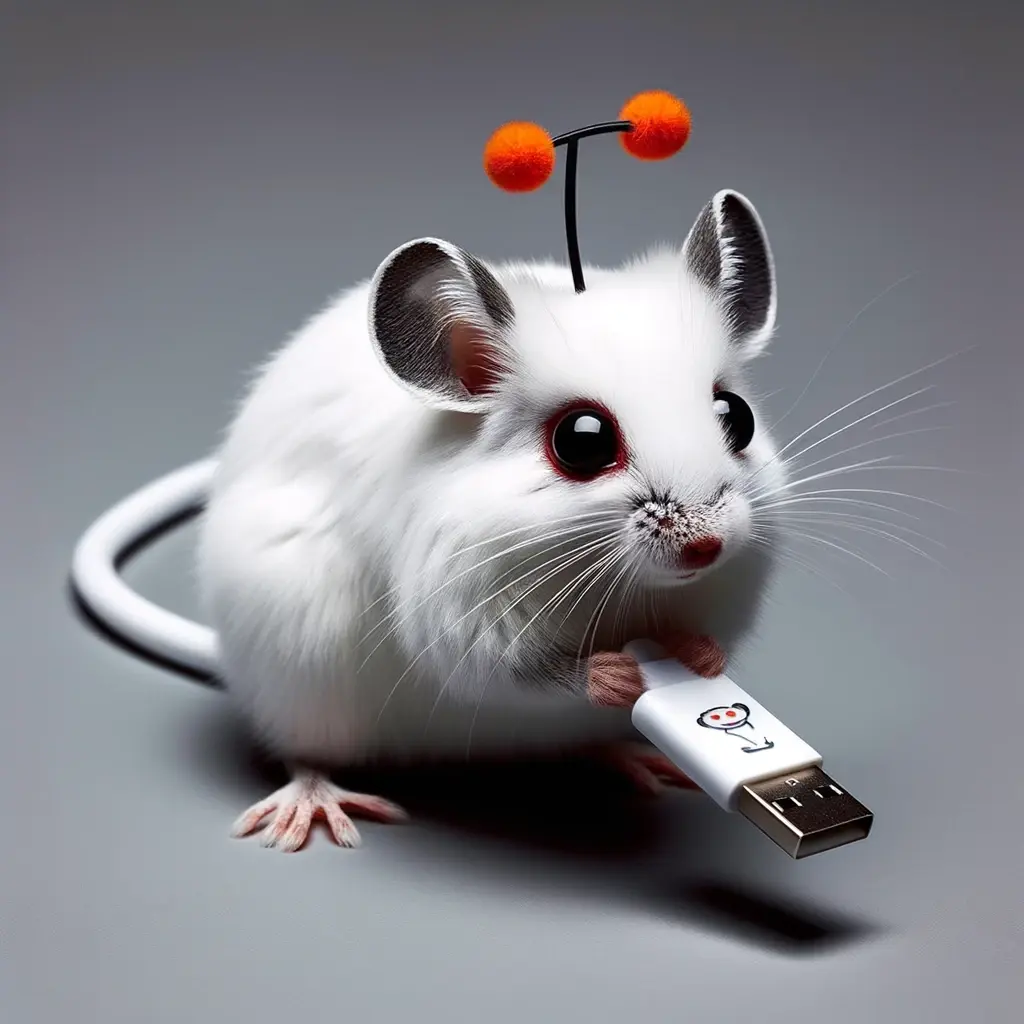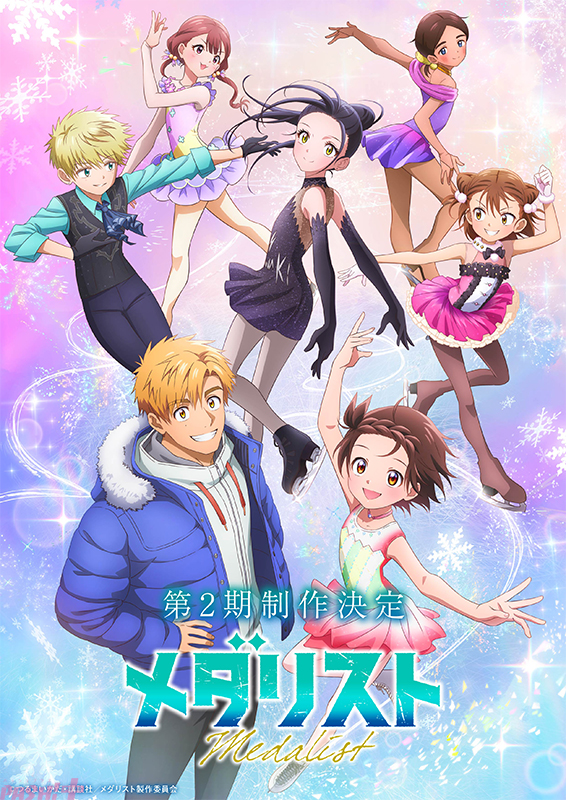This is an automated archive made by the Lemmit Bot.
The original was posted on /r/anime by /u/RPO777 on 2025-05-29 19:10:54+00:00.
Medalist is the beautiful and exciting story of Inori, the young girl who flies across the ice, and the coach who leads her forward, Tsukasa. With the popularity of the successful first season, as we all wait in anticipation of the upcoming start of Season 2, let us look back on the production of Season 1 with Director Yamamoto!
—Director Yamamoto, did you watch figure skating even before you were involved in this project?
Yes, I liked it so I would watch it every time during the Winter Olympics. However, the extent of my knowledge was the names of the jumps, and I went in knowing nothing about their relative difficulty or anything despite watching (lol).
—Regarding the manga “Medalist,” we heard that you read it for the first time after receiving an offer to direct this work. What was your impression?
I found if very easy to empathize with the characters, and I thought a big way in which this work was stellar was the way you fall in love with the characters before you even get into the sports aspects. ti’s also an unapologetic Spo-kon (classic/pure sports story), and that actually feel very refreshing in today’s environment.
On the pages of a manga, you cannot depict music or movement, and so the author put a lot of creativity and thought into how to depict figure skating on that medium. But in the case of anime, those very things are a big reason for watching.
If we’re going to do an anime adaptation, I went in ready to buckle down knowing there’s no escaping from the figure skating scenes.
–Working with the production studio ENGI, that is reknown for its work in 3DCG animation, was it planned from the outset that you would do the figure skating scenes in 3DCG?
No, actually. At the start, we were even considering doing the figure skating scenes completely by hand drawn animation. However, because ENGI’s strengths are in 3DCG, and in depicting figure skating, I felt motion capture was a must, and so we wanted to utilize that digital data through 3DCG, but I initially was planning it it being about 50/50 between CGI and hand drawn animation.
But when I got the first clips of the 3DCG animation, it was so incredible, I decided right there we would primarily use 3DCG for figure skating scenes.
–That makes sense, that’s how that decision was made. Then, when Director Yamamoto conceptualized the adaptation to an anime, what was the overall guiding principle that you wanted to build around?
I wanted to bring the viewer on a journey where we watch Inori and Tsukasa grow and improve together. I think that is the heart of this work. However, if we were to adapt everything in the manga in exactly the same way, there would be too many explanatory elements and that was a part that I discussed in depth with Hanada Jussa, our script writer, and this was the result.
First and foremost, we wanted to truly depict figureskating. That meant we wanted to have the figure skating scenes be approximately the same length of screentime as a real life figure skating performance. To secure that amount of screen time during an episode we had to drop or cut whatever was possible, so we could focus on what we wanted to depict. That was the guiding principle of “Medalist.”
–When determining the storyline, what kinds of proposals did you get from Hanada-san?
What to depict, what to cut. There were a lot of propsals. For example, in the original manga, it starts with depicting the Kago-Family, but in episode 1 of the anime, we cut that.
Because of that, I think we may have made fans of the original manga nervous we were going to skip the Kago Family entirely… But we planned to depict and even expand with original content on them from the manga in a later episode, and we structured it this way. This was a proposal from Hanada-san.
I loved from how everything builds from the first encounter.
—Regarding the two central characters to the narrative, Yuitsuka Inori and Akeuraji Tsukasa. What kind of characterization were you aiming for?
In many works, the talents of the main character are both obvious and abundant, but in the manga Medalist, the work does not rely on standardized tropes to communicate the nature of Inori’s talents to the reader. This is part of what makes Inori a compelling character. So in adapting this story into animation, these kinds of subtle characterizations, as well as communicating how Inori thinks was important to me.
Personally, I think that a person who can put everything they have into a single thing is someone who can succeed in almost any field. The manga is very persuasive in telling us that Inori is this type of person, and I think that makes her a very inspirational character. Inori becomes the Inori of now, because she met Tsukasa in the past, and in the same way Tsukasa becomes who he is because he met Inori. Both grow as people because of each other, and they grow to like who they are because of each other.
That’s why we fall in love with their connection.
—What was the character who was the easiest to depict to Director Yamamoto?
Definitely Inori. She’s a character that’s full of both overt expressions and movements, and that makes her very rewarding to animate. Mikeh (Miketa Ryoka) was also one of my favorites and I almost wished she was always on screen (lol). She’s the kind of character who makes the whole scene brighten up, so when Tsukasa and Inori fall into a depressing funk, by adding a character like Mikeh to the mix who’s on the surface seemingly simplistic, but has an iron will underneath can change the mood of the scene.
—From the perspective of Director Yamamoto who has extensive experience working with a wide variety of works, was there something from “Medalist” that you particularly wanted to emphasize?
The human drama is a crucial part of this work, so my focus was to create a layout that gave provided a realism focused camerawork that would give the viewer an impression as if they were watching a documentary. With that said, when we reach comedic scenes, I turned the art loose to created extremely deformed art styles. The contrast between those approaches is something I hope the viewer would enjoy.
In my past works. what I’ve been able to accomplish that was appreciated by viewers I think was when I “depict characters carefully to allow viewers to empathize with the characters, moving people emotionally.” (Translator’s note: past series director credits include S1/S2 Aharen-san, Noblese, episode director credits in Girls und Panzer, XXXholic, D-Gray Man, etc.) That’s a hugely important part of this manga, so I really put my all into this, and it fit perfectly with my tastes.
—What kinds of requests did you make to the character designer, Kameyama Chinatsu?
During the comp process (competition) to pick a character designer, Kameyama-san’s art was the best at really capturing the appeal of the characters in Medalist. In Tsurumaikada-Sensei (author of Medalist)'s art, the girls are not just cute, but they have a really powerful inner strength. The articistic touch on their designs express a combination of rougness and hardness that combines with expressions of softness. That was something I really wanted the anime to capture, and I thought Kameyama-san’s art really hit that to a T.
The more Kameyama-san worked on the character designs, i felt like my understanding of the original manga improved, and so it was like Kameyama-san was linked to Inori and it was incredibly fun (lol).
—I’d like to ask you about how you depict figure skating. In Season 1, the credits included Koji-san as the Diretor of Figure Skating / 3DCG Director, can you tell us more about this?
The 3DCG scenes were extremely important in this work, and direction also required specialized knowledge of the sport of figure skating. Because of this, if I put myself in charge of it, it would have been inevitable that I would not be able to give the task adequate attention due to time contraints, so I wanted someone to be able to focus their full attention to this task, and so I requested a person who could do that. I agreed with the 3DCG team recommendation that we choose someone who could handle direction of both 3DCG scenes and sakuga (handdrawn) scenes, and they introduced me to Koji-san. (Editor’s note: Koji-san presently works primarily on the 3DCG, but started off as a handdrawing animator).
In this work, we produced the figure skating scenes using an atypical workflow, and so we asked Koji-san to handle this as the director.
I say atypical, because when traditionally you would have done storyboarding, the music and choreography has not yet been decided (translator’s note: so storyboarding can’t be done yet at that point). First, music is chosen, then choreography, then motion capture, then final stage storyboarding is done to put the scenes together.
So storyboarding is done when the motion capture data is already there, so it’s like putting together a video compilation with no rough draft more than storyboarding (lol).
—There were moves that were not in the original manga.
That’s where Suzuki Akiko-san, who was in charge of figure skating choreography, helped us so much. There are certain routines and sequences of moves that are accepted as standard in figure skating, so Suzuki-san helped us with putting together a realistic figure skating program at each juncture.
**—What was difficult about putting together a 3…
Content cut off. Read original on https://old.reddit.com/r/anime/comments/1kyjcqp/medalist_director_yamamoto_yasutaka_interviewed/


